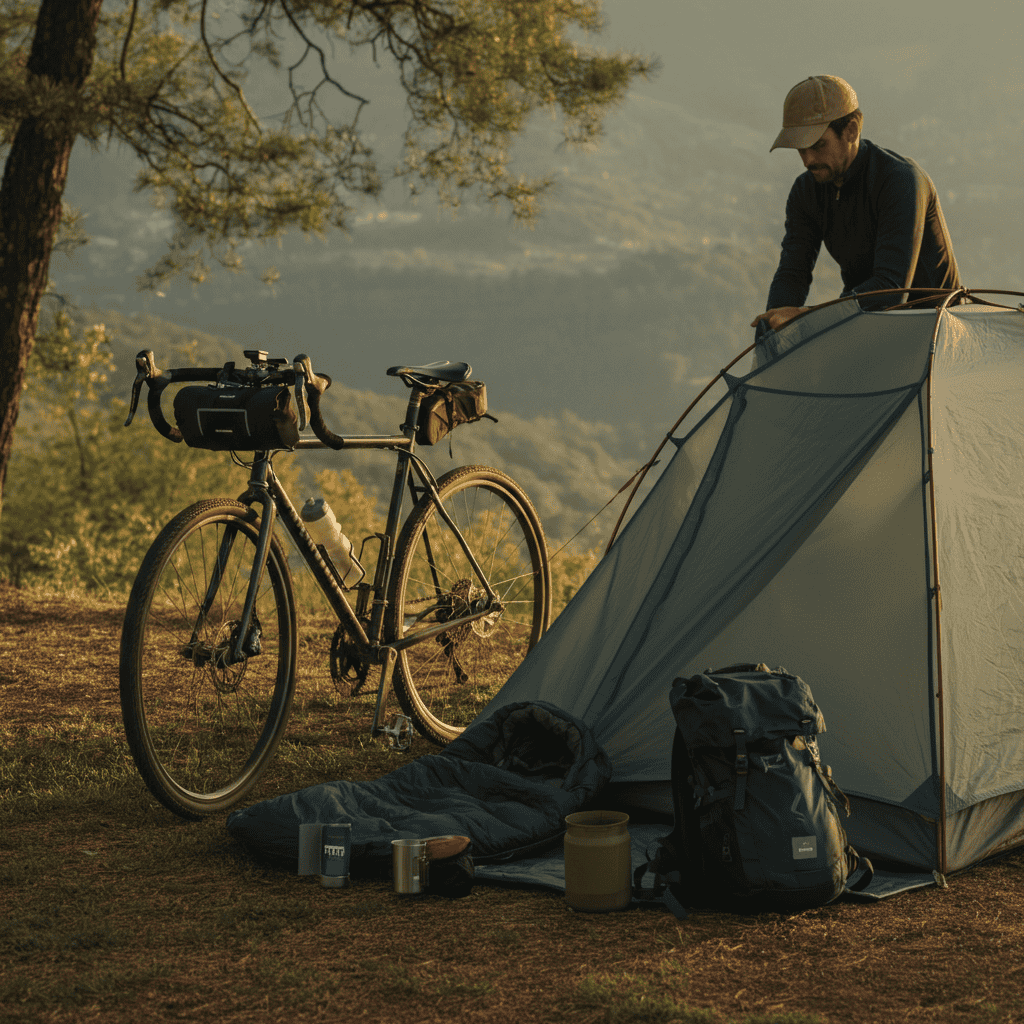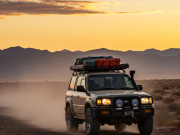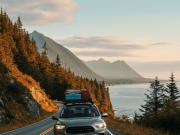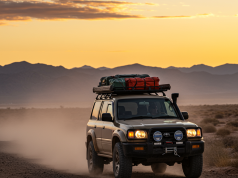There’s something profoundly liberating about exploring the world at your own pace, powered only by the strength of your legs and the rhythm of your breath. Self-guided cycling tours have surged in popularity as travelers seek authentic, immersive experiences that combine adventure, culture, and physical challenge. Whether you’re weaving through pastoral countryside, tracing coastal cliffs, or pedaling through historic towns, a bike tour offers unmatched flexibility and personal discovery. In this guide, we’ll cover everything you need to plan and execute a memorable self-guided cycling journey – from route selection and gear recommendations to budgeting, safety tips, and environmental considerations.
Why Choose Self-Guided Cycling Tours?
Self-guided cycling tours empower riders to design an itinerary that aligns perfectly with their interests, fitness level, and travel style. Unlike guided tours with fixed schedules, going solo allows you to linger in charming villages, take detours off the beaten path, and change plans on a whim. You’ll immerse yourself in local life as you stop at roadside markets, interact with hospitable families, and discover hidden gems that remain off most tourist maps. Plus, cycling is a low-impact exercise that strengthens your cardiovascular system, builds muscle endurance, and offers mental health benefits. For eco-conscious travelers, bike touring is a sustainable way to explore new regions while minimizing carbon emissions.
Planning Your Route: From Pathways to Pit Stops
An effective route lays the foundation for a seamless cycling adventure. Start by choosing a region that matches your experience – gentle rolling hills for beginners, challenging mountain passes for seasoned cyclists, or flat coastal roads for a relaxing ride. Research dedicated bike paths, country lanes, and low-traffic roads using online tools like Komoot, Ride with GPS, or Google Maps’ bike layer. Investigate terrain profiles to estimate daily elevation gain and distance. Be realistic: factor in rest days, weather conditions, and possible mechanical delays.
- Segment your trip into manageable daily distances (40–60 km for moderate fitness levels).
- Identify reliable accommodation options every 50–80 km.
- Plan for resupply points – grocery stores, bakeries, or small markets – to stock up on food and water.
- Check local traffic laws, road signage, and preferred cycling routes.
- Download offline maps and route details in case of limited connectivity.
Choosing the Right Bike and Gear
Your bicycle is the cornerstone of a successful tour. Touring-specific bikes come equipped with sturdy frames, relaxed geometry, and mounting points for racks and panniers. Gravel or adventure bikes offer versatile performance on mixed terrain. Test ride multiple models to assess comfort, fit, and handling. Invest in quality panniers or bikepacking bags that balance weight distribution and waterproof protection. Essential gear includes:
- A well-fitted helmet with proper ventilation and MIPS if possible.
- Durable touring tires with puncture-resistant liners.
- A multi-tool kit, tire levers, a patch kit, and a portable pump.
- Waterproof bike lights for early starts or evening rides.
- Locking solutions – a U-lock or sturdy cable lock to secure your bike overnight.
Timing and Seasonality
Choosing the optimal season for your cycling tour depends on the climate, daylight hours, and tourist flow. Spring and fall often provide mild temperatures, fewer crowds, and vibrant landscapes. Summer offers long daylight but can bring extreme heat and peak tourist traffic. Winter cycling appeals to experienced riders seeking solitude, but be prepared for cold conditions, shorter days, and potential snow. Research historical weather patterns and local events that might impact the availability of accommodations or create road closures. Always build flexibility into your schedule to accommodate weather-related changes.
Accommodation & Logistics
Accommodation options range from camping under the stars to cozy guesthouses and boutique hotels. Wild camping is permitted in some regions but requires adherence to local regulations and Leave No Trace principles. Bikepacking-friendly campsites often provide secure bike storage, showers, and cooking facilities. For a more comfortable rest, book small inns or B&Bs in advance during high season. Consider these logistics:
- Distance between overnight stops and availability of food supplies.
- Laundry access – whether at campsites, hostels, or local laundromats.
- Public transport or shuttle options for unplanned route changes.
- Local bike shops along the way for spare parts and repairs.
Budgeting Tips for Cycling Trips

Biking tours can be as budget-friendly or luxurious as you choose. To control costs, camp instead of booking hotels, prepare your own meals, and use local markets for fresh produce. Invest in durable gear upfront to avoid expensive last-minute replacements. Estimate daily expenses: accommodation, food, bike maintenance, and occasional splurges like a local cooking class or guided excursion. Allocate a contingency fund for emergencies – unexpected repairs, medical needs, or unplanned nights in lodging. Track your spending daily to stay within budget and adjust your plans if necessary.
Safety, Maintenance, and On-the-Road Repairs
Prioritize safety by wearing high-visibility clothing, obeying traffic rules, and riding defensively. Carry a basic first-aid kit for scrapes, blisters, and minor injuries. Regular maintenance checks will keep your bike in optimal condition:
- Inspect tire pressure and tread before each day’s ride.
- Check brake pads, chain lubrication, and gear shifting regularly.
- Know how to fix a flat tire quickly – to minimize downtime.
- Keep spare tubes, chain links, and a compact tool kit on hand.
- Use GPS trackers or share your route with friends or family for added security.
Packing Smart: Essentials for Bike Touring
Packing light yet prepared is crucial. Overloading your bike can lead to fatigue and poor handling. Organize gear into layers of priority:
- Waterproof, breathable clothing suitable for varying weather.
- Quick-dry base layers and padded cycling shorts.
- Compact sleeping gear if camping – a lightweight tent, a sleeping bag, ground pad.
- Hydration and nutrition – water reservoirs, energy bars, electrolyte mixes.
- Electronics – phone with power bank, camera, and charging cables.
Minimizing Your Environmental Impact
Cycling tours are inherently eco-friendly, making them a fantastic choice for those passionate about sustainable travel. By following Leave No Trace principles and supporting local communities, you can enjoy your adventure while minimizing your environmental footprint.. Follow Leave No Trace principles by disposing of waste responsibly and avoiding single-use plastics. Support local economies by staying in family-run lodgings and dining at community-owned cafes. Stick to established trails to protect flora and fauna, and avoid sensitive habitats. By respecting the environment, you ensure that future generations can enjoy these routes just as you have.
Conclusion: Embrace the Freedom on Two Wheels
Self-guided cycling tours offer a unique blend of discovery, fitness, and cultural immersion. With careful planning, the right equipment, and a spirit of adventure, you’ll unlock unforgettable landscapes and personal achievements. Whether you’re cruising through sun-drenched vineyards, conquering alpine climbs, or meandering along sea-swept coastlines, the open road awaits. So saddle up, chart your course, and pedal toward your next great escape.
Learn more about: Voluntourism Unveiled: Your Complete Guide to Traveling with Purpose














